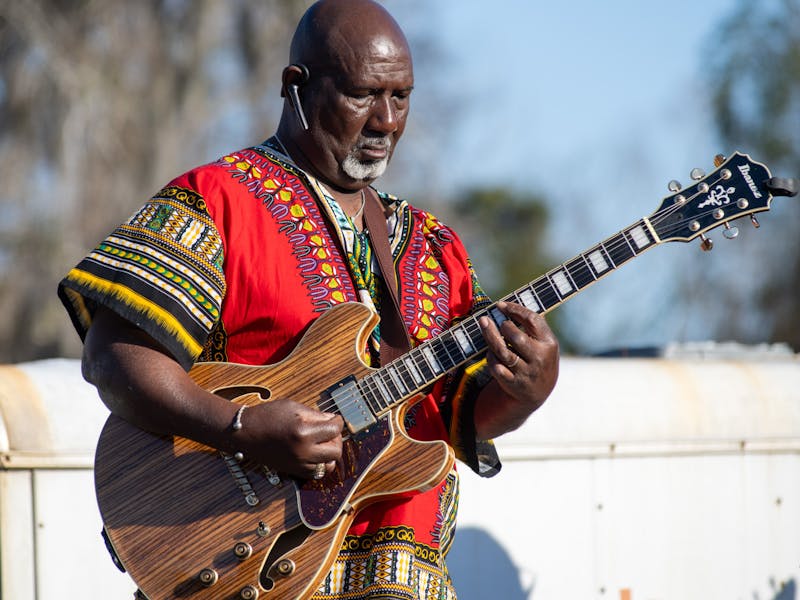Admit it: since July, you’ve been counting down the days. With zero homework, mMom’s cooking, and the highly anticipated, .07% chance of Christmas snow lingering ahead, wWinter bBreak likely embodies the light at the end of your first semester tunnel. Yet not everyone regards the hHolidays with celebration. According to Spotlight on Poverty and Opportunity, an organization created for combating poverty around the world, 18.3% of Columbia residents live in a state of poverty, and 10.5% are unemployed; consequently, the Yuletide season can often represent a time of difficulty, a reminder of loss.
On campus, these are the things and people the eye does not see. Some students, however, dare to bring these matters to light.
“[People] tell us ‘I have this problem, it’s very serious, and it has been going for weeks, for months.’” Upon confronting patients about why they don’t visit her sooner, Turgeon usually hears one of two answers: “Mmy boss said I can’t miss work,” or, “I have kids and I can’t leave them.” With that in mind, Turgeon admits that clinic-goers may be unable to seek or afford further assistance—a notion that largely bothers her and other members. Even still, she asserts that the benefits of working with those in need significantly outweigh the setbacks. “Getting to see the impact on people is great…it has changed my life.”
Admittedly, Amigos del Buen Samaritano raises the bar high. They aren’t, however, the only ones pushing the metaphorical envelope.
Roughly twenty-five members strong and a year old, USC’s Rotaract Club is the new kid on campus. Yetin spite of its size and age, the organization has accomplished extraordinary goals both locally and around the globe. Rotaract has spanned the gamut of volunteer work since its beginning in November of 2012, doing everything from assisting children with life-threatening diseases to serving Columbia’s homeless at Transitions Soup Kitchen.For club members, this experience has proven nothing less than eye-opening, and according to founder and president Nicole Newsom, volunteering with Rotaract has placed her life into perspective. “Until we started [working at Transitions], my interaction with poverty had been very limited, and never up close.” The need, she explains, lives within the university’s backyard.;yet in spite of this proximity, students often find themselves blinded by other concerns. According to Newsom, the average eighteen 18 to twenty-one21-year-old worries about grades, time management, and relationships; as a result, many inadvertently overlook local problems, and thus fail to get involved.
That stated, you can easily find an organization to suit your interests at USC.As it has been said time andin time again, it only takes one person to make a difference. Thus, it doesn’t matter how you involve yourself, but that you involve yourself. Need exists in big cities and little villages, across the country and over oceans. It sees neither male or female, young or old. It feels nothing, but can take everything. So while you’re curled up by the fireside and cramming that extra cookie into your mouth this hHoliday season, ask yourself—What am I doing to help?


